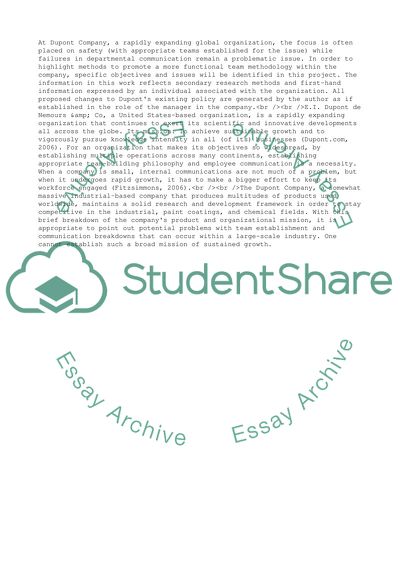Cite this document
(Interactive Behaviour at Work Case Study Example | Topics and Well Written Essays - 3500 words, n.d.)
Interactive Behaviour at Work Case Study Example | Topics and Well Written Essays - 3500 words. https://studentshare.org/business/1703897-interactive-behaviour-at-work
Interactive Behaviour at Work Case Study Example | Topics and Well Written Essays - 3500 words. https://studentshare.org/business/1703897-interactive-behaviour-at-work
(Interactive Behaviour at Work Case Study Example | Topics and Well Written Essays - 3500 Words)
Interactive Behaviour at Work Case Study Example | Topics and Well Written Essays - 3500 Words. https://studentshare.org/business/1703897-interactive-behaviour-at-work.
Interactive Behaviour at Work Case Study Example | Topics and Well Written Essays - 3500 Words. https://studentshare.org/business/1703897-interactive-behaviour-at-work.
“Interactive Behaviour at Work Case Study Example | Topics and Well Written Essays - 3500 Words”. https://studentshare.org/business/1703897-interactive-behaviour-at-work.


